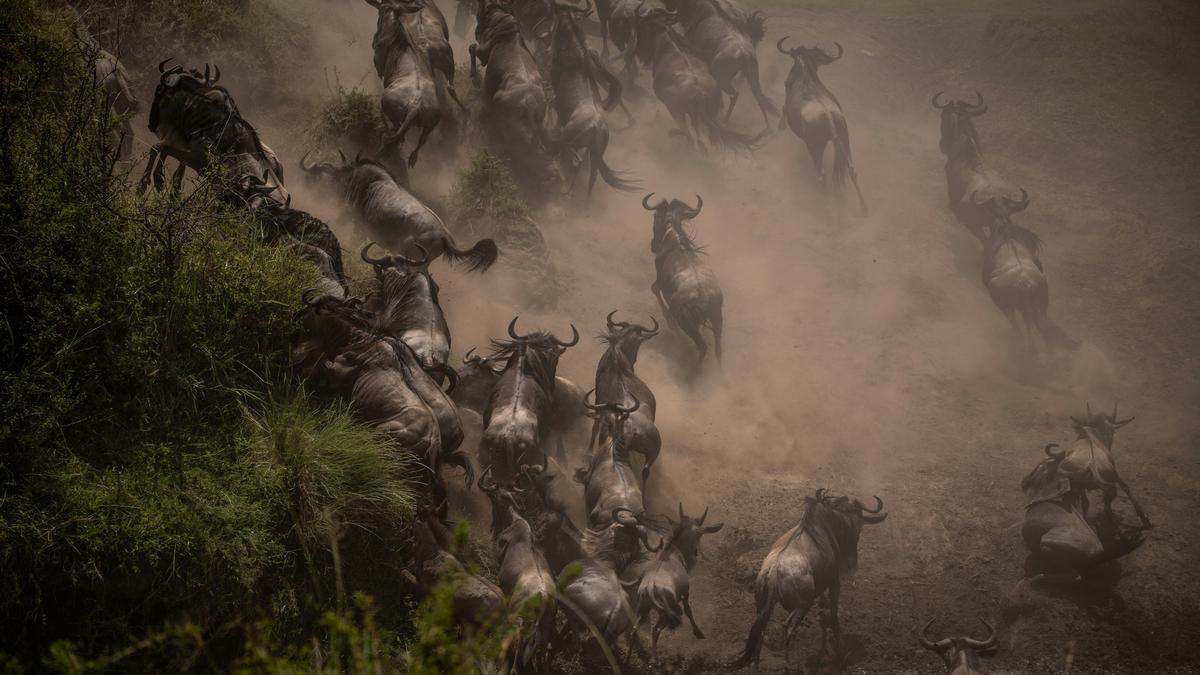
Where does dust come from? Premium
The Hindu
Discover the origins of dust and why it seems to reappear quickly after dusting in your home.
Q: Where does dust come from and why does it reappear so soon after we dust?
— Ramajayam D.
A: Terrestrial dust is mostly tiny fragments abraded from larger things; some of it may be even smaller things aggregating together to form motes of dust.
The larger things that turn to dust can be almost anything in the world, from shoes to ships to sealing wax. not to mention cabbages (fragments of dried vegetable matter) and kings (especially if cremated).
Wind-driven dust composed of fragments of stone and clay is so powerful that over the millennia it has cut fantastically shaped canyons and pillars in the badlands of the American West. Drought created the Dust Bowl with its penetrating clouds of dry ploughed soil: the fires of ancient Plains Indians probably added to the dust in teepees; soot from unburied automobile fuel plagues city apartments.
Dust knows no borders, and dust from volcanic ash lingers in the upper atmosphere to produce brilliant sunsets thousands of miles away from the eruption.
As for why dusting seems worse than futile, one reason is that a dust cloth may simply stir up dust temporarily while the friction simultaneously creates a static electric charge. Charged particles of dust are attracted to surfaces with the opposite charge. An antistatic spray may help by providing a very thin layer of insulation between the opposite charges.

Gaganyaan-G1, the first of three un-crewed test missions that will lead up to India’s maiden human spaceflight, is designed to mimic - end to end - the actual flight and validate critical technologies and capabilities including the Human-rated Launch Vehicle Mark-3 (HLVM3), S. Unnikrishnan Nair, Director, Vikram Sarabhai Space Centre (VSSC), has said










